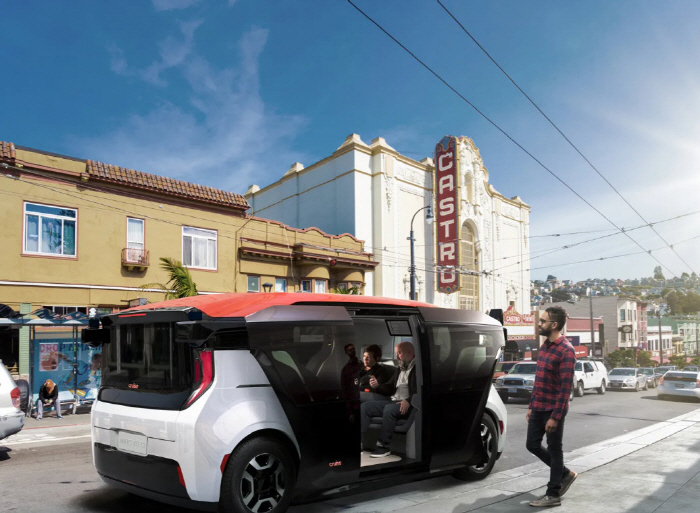A Tesla using Full Self-Driving (FSD) software, while carrying a passenger for Uber, collided with an SUV in Las Vegas, raising concerns about the regulatory gaps surrounding self-driving "robotaxis" in U.S. cities. Despite Elon Musk's ambitions for Tesla-run robotaxi networks, Tesla drivers are currently responsible for their vehicles, even when using FSD. Many ride-hail drivers are adopting FSD, despite acknowledging its limitations, such as sudden acceleration or braking, to reduce fatigue and extend working hours. The Las Vegas accident involved a Tesla on FSD that failed to slow for an SUV, resulting in a crash. While federal safety authorities are investigating, states like California, Nevada, and Arizona don’t regulate FSD in ride-hailing, as it falls outside autonomous vehicle regulations. Critics call for greater scrutiny of FSD’s use in ride-hailing, but federal oversight remains limited. Meanwhile, some drivers remain optimistic about the potential of Tesla’s autonomous software for ride-hailing services.
테슬라의 Full Self-Driving(FSD) 소프트웨어를 사용하던 차량이 라스베이거스에서 우버 승객을 태우고 운행 중 SUV와 충돌하면서 미국 도시 내 '로보택시'의 규제 공백에 대한 우려가 커지고 있다. 일론 머스크는 테슬라가 운영하는 자율주행 택시 네트워크를 꿈꾸고 있지만, 현재는 FSD를 사용하는 경우에도 운전자가 차량에 대한 책임을 진다. 많은 라이드헤일 운전사들이 피로를 줄이고 근무 시간을 늘리기 위해 FSD를 사용하지만, 갑작스러운 가속이나 제동 등의 문제를 인정하고 있다. 라스베이거스 사고에서는 FSD를 사용하던 테슬라가 SUV를 피하지 못해 충돌이 발생했다. 연방 안전 당국이 조사에 착수했으나, 캘리포니아, 네바다, 애리조나 주에서는 FSD 사용에 대한 규제가 없다. 전문가들은 라이드헤일 서비스에서 FSD 사용에 대한 더 많은 규제가 필요하다고 주장하지만, 연방 차원의 감독은 아직 미비하다. 한편, 일부 운전사들은 테슬라의 자율주행 소프트웨어가 언젠가 완전히 자율화될 것을 기대하고 있다.

